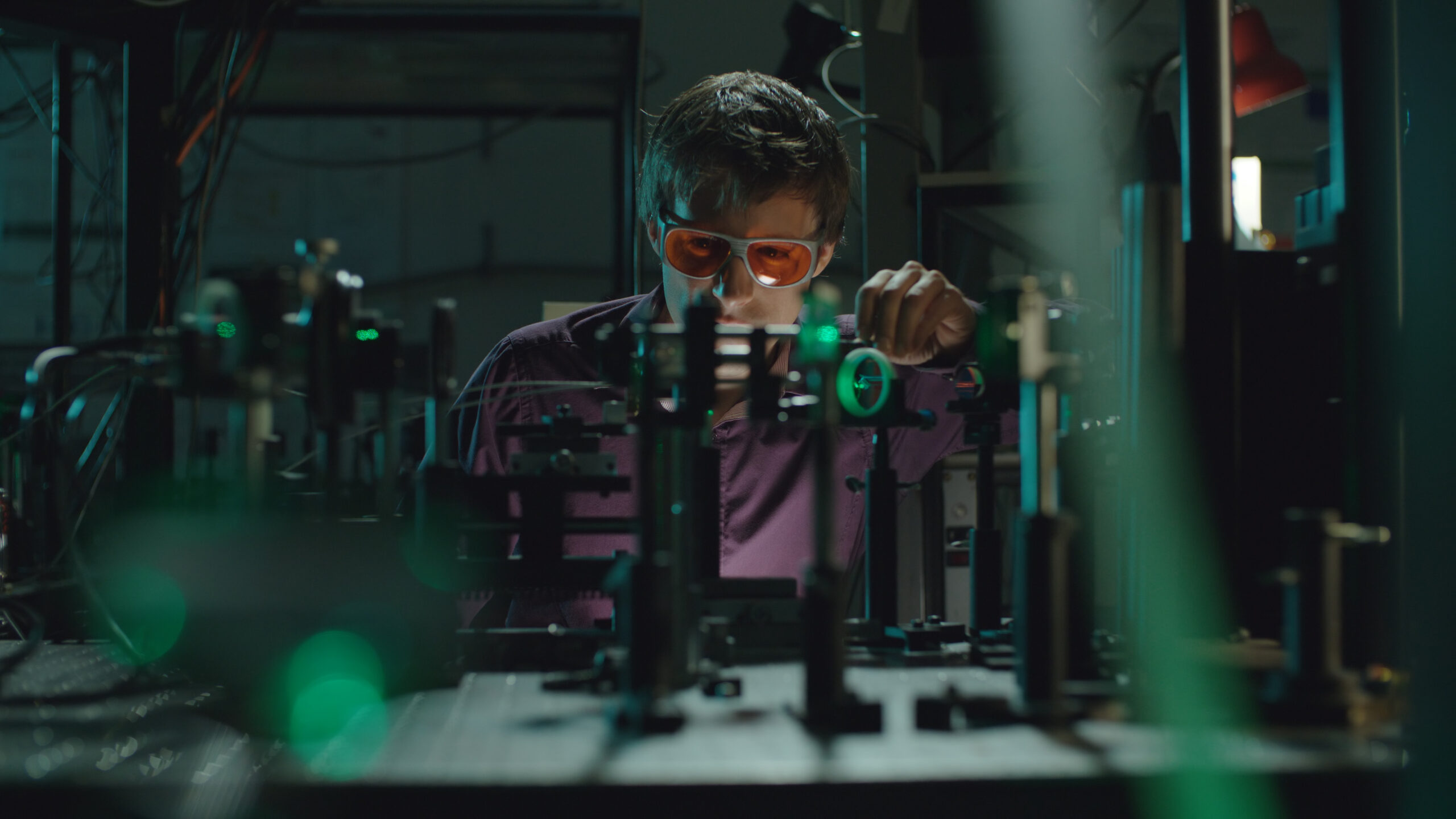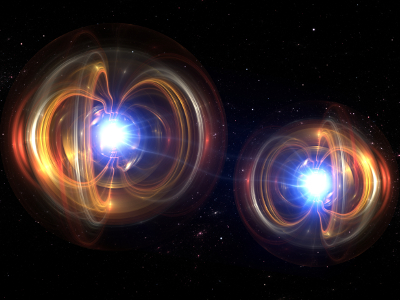Our Mission
At SBQuantum we aim to “Reveal the Invisible”, be that underground, underwater or concealed by the environment. Our team is using magnetic intelligence to build a precise, localised magnetic model of the earth that will allow us to better understand and navigate through our environment. To do so, we are introducing a novel quantum magnetometer that unlocks greater specificity in its measurement of magnetic resonance lines. This powers a custom dashboard that allows our clients to inspect, explore and navigate based on information that is currently hidden fluctuations of the Earth’s magnetic field.

The Science
So, what are nitrogen vacancy diamonds? NV centres occur when the carbon lattice of a diamond is interrupted by a nitrogen atom and an adjacent void. This can occur naturally, but more often is specially engineered. The introduction of the nitrogen atom frees a single pair of electrons from the diamond’s chemical structure which allows SBQuantum to derive magnetic information from their spin.
Exciting this electron pair with a green laser, we can measure its quantum state as they interact with Earth’s magnetic field and output red light. The amount of red light allows us to map the earth’s magnetic field in that location. Not only does this allow us to see greater localized nuances, but by mapping this data onto a three-dimensional plot we unlock ‘Magnetic Intelligence’. Here, we use tensor gradiometry to increase the number of characteristics we can identify in objects. Further, we add our proprietary algorithms to discriminate environmental noise. We want to focus on the relevant features, not a car driving past down the road!
Applications
Magnetometry is one of the oldest technologies. It is the force which powers the compass and first allowed mankind to explore the blank spaces on the map. Today there are hundreds of uses for magnetometers based on a basic understanding of the earth’s magnetic field. However, our solution provides a wealth of additional data that can transform the instances in which magnetometers are currently used and open new opportunities where magnetic data can now provide an edge over competing technologies. Here are some of the application opportunities we have been exploring.
Mining
Extracting minerals is expensive, so before a mining companies decide to develop a plot, they want to know that the value of the minerals will be worth the initial investment. As a result, most conduct surveys to determine the nature and size of ore deposits. These exploration surveys have used magnetometers for years, but the data they are working from is simplistic.


Navigation for Autonomous Vehicles in GPS Denied Environments
GPS is a fantastic way to know where you are on the globe but it still has blind spots. You can not use it underground or underwater and there can be interference in urban centres. In this latter case, maneuverability is reduced by heading errors so there is often a lag for GPS to update its position and velocity while the other sensor components in integrated navigation systems each face their own challenges to determine a heading. By contrast, SBQ can build a reference map of the earth’s magnetic field against which autonomous vehicles can operate while other technologies lag or fail.
Defense
There are a range of military applications, many of which pivot around ‘Magnetic Intelligence’, SBQ’s ability to interpret magnetic signals to locate and classify objects.


Security
Current metal detectors are intrusive and provide limited information. In an uncertain world there is a growing need for a proliferation of security devices but that should not lead to the increase of anxiety by creating the perception that danger is everywhere. Instead, SBQ can provide a non-intrusive sensing option that stand out.

Security
Current metal detectors are intrusive and provide limited information. In an uncertain world there is a growing need for a proliferation of security devices but that should not lead to the increase of anxiety by creating the perception that danger is everywhere. Instead, SBQ can provide a non-intrusive sensing option that stand out.
Space
To maximise our data capture, we are also planning to send our sensors to space. This will allow us to gather data from across the globe to reveal broad patterns. For example, we have been selected for the MagQuest Challenge, developing a proposition to redefine the world magnetic model.

